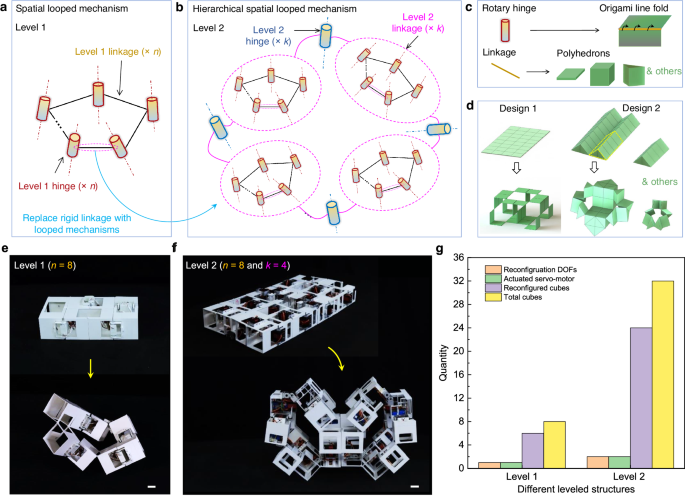2024-07-25 マサチューセッツ工科大学(MIT)
<関連情報>
- https://news.mit.edu/2024/recipe-for-zero-emissions-fuel-with-cans-seawater-caffeine-0725
- https://www.cell.com/cell-reports-physical-science/fulltext/S2666-3864(24)00399-0
アルミニウムと海水からの水素生成促進のための活性化金属の回収強化 Enhanced recovery of activation metals for accelerated hydrogen generation from aluminum and seawater
Aly Kombargi,Enoch Ellis,Peter Godart,Douglas P. Hart
Cell Reports Physical Science Published:July 25, 2024
DOI:https://doi.org/10.1016/j.xcrp.2024.10212
Graphical abstract

Highlights
- eGaIn can be fully recovered in ionic solution thanks to the electrical double layer
- Imidazole accelerates the AWR in seawater while maintaining >90% eGaIn recovery
- AWR in seawater produces hydrogen at high rate and yield with imidazole addition
- Reaction rates increase with initial temperature of the seawater
Summary
When activated, aluminum reacts with water to generate hydrogen gas, heat, and aluminum oxyhydroxide, a non-toxic and valuable commodity. This process serves as an efficient and cost-effective means of producing and transporting both hydrogen and thermal energy. The study presented here focuses on recovering a gallium-indium eutectic utilized as a surface coating to induce aluminum’s reactivity in water. The findings indicate that the addition of very low concentrations (0.02 M) of imidazole to seawater leads to rapid reactions being completed in under 10 min, enabling the retrieval and reuse of over 90% of the relatively costly gallium-indium eutectic and producing 99% of the anticipated hydrogen output based on the aluminum’s mass. Additionally, conducting the reaction at elevated temperatures ensures the swift and complete reaction of aluminum in saltwater.



